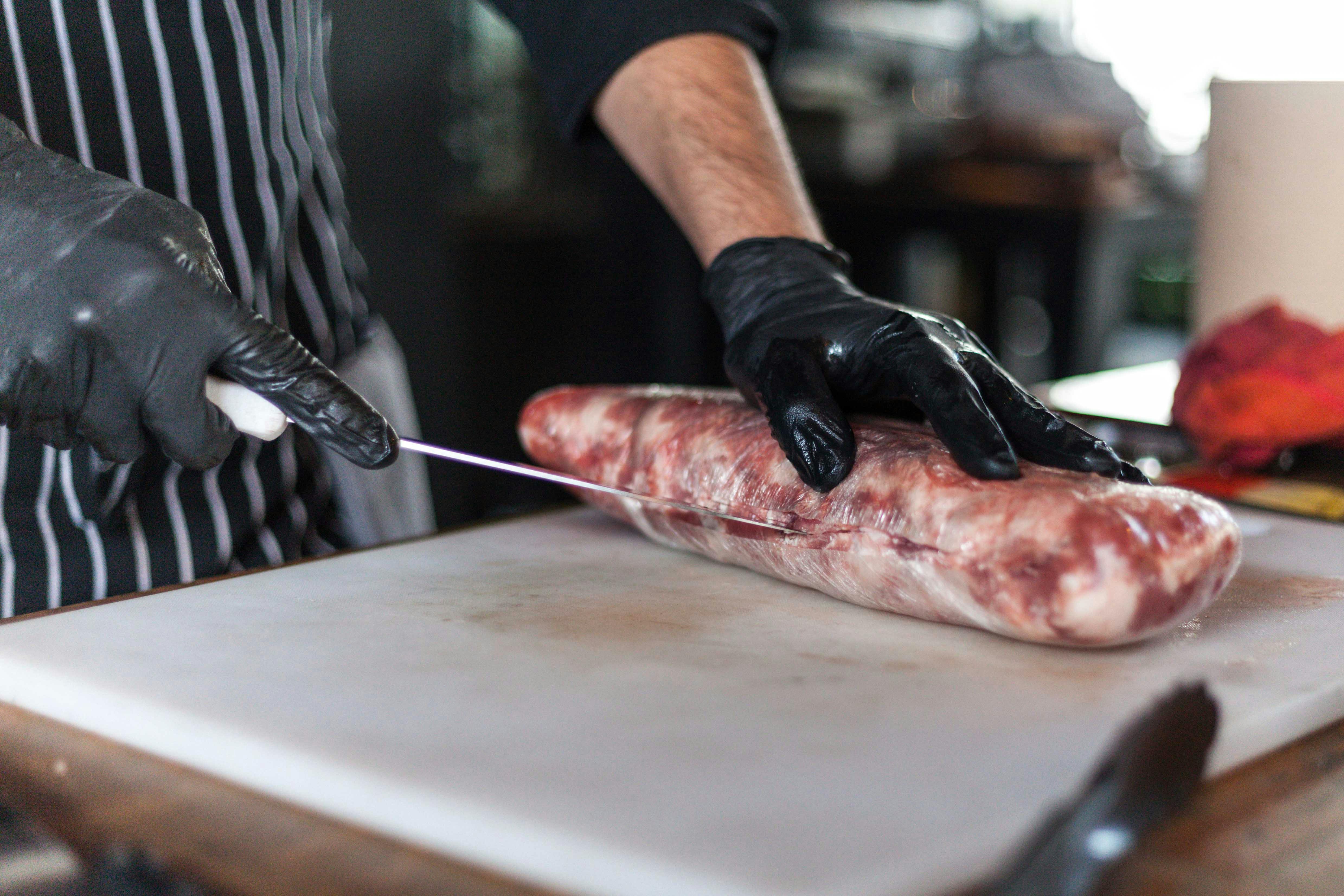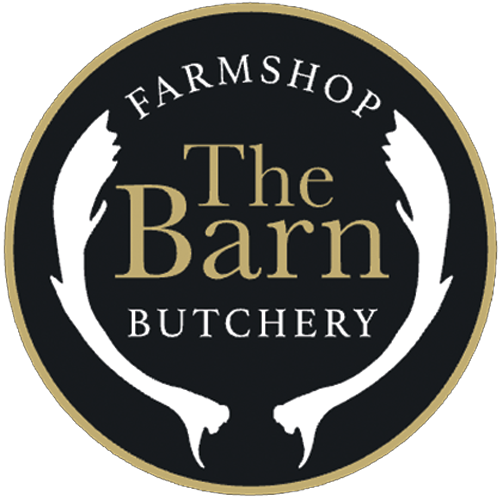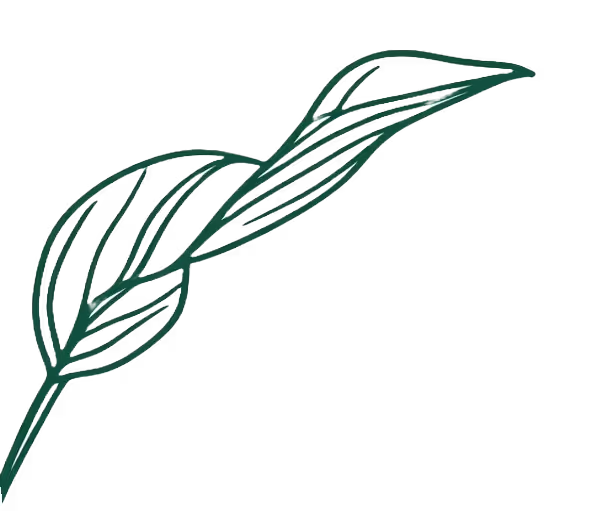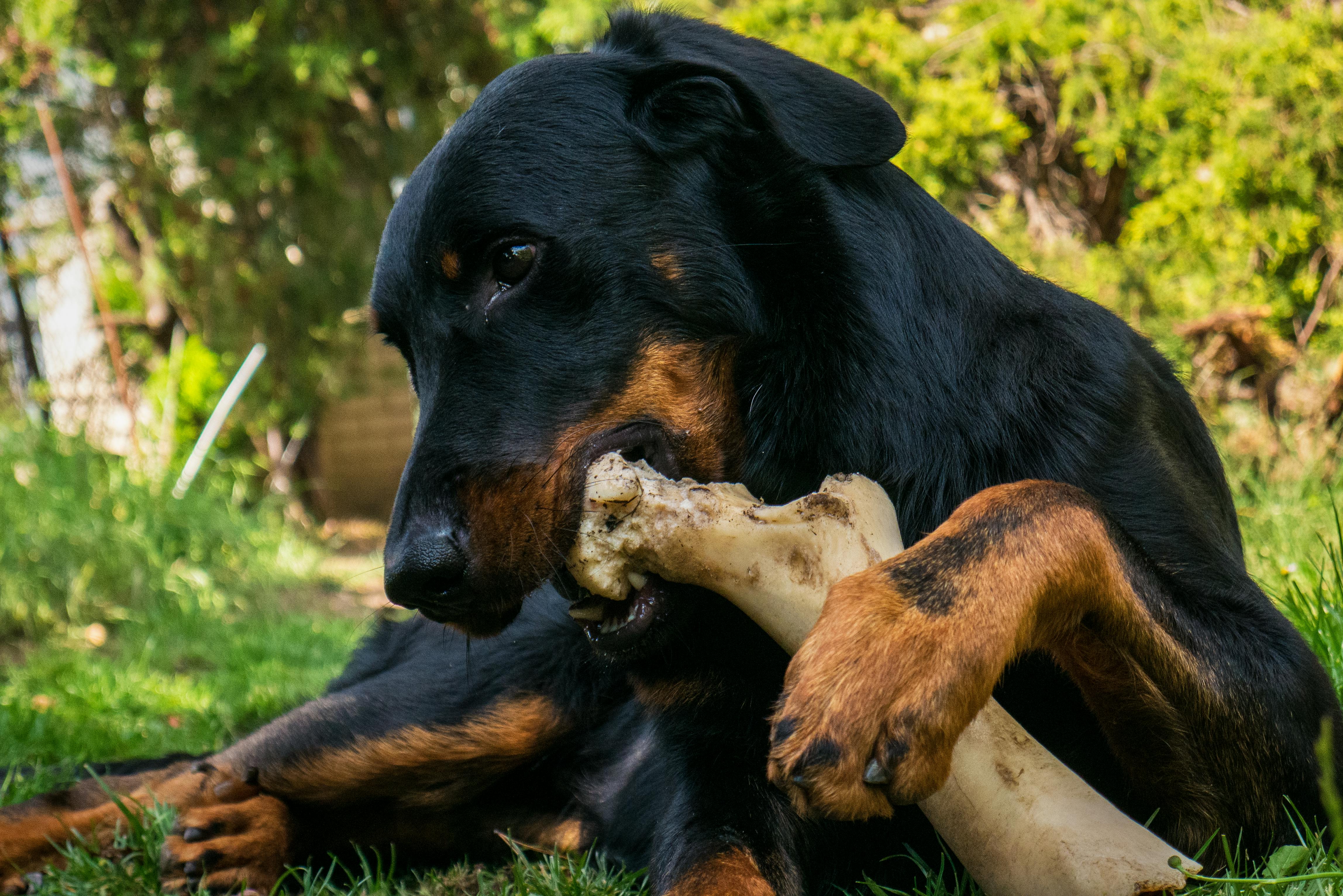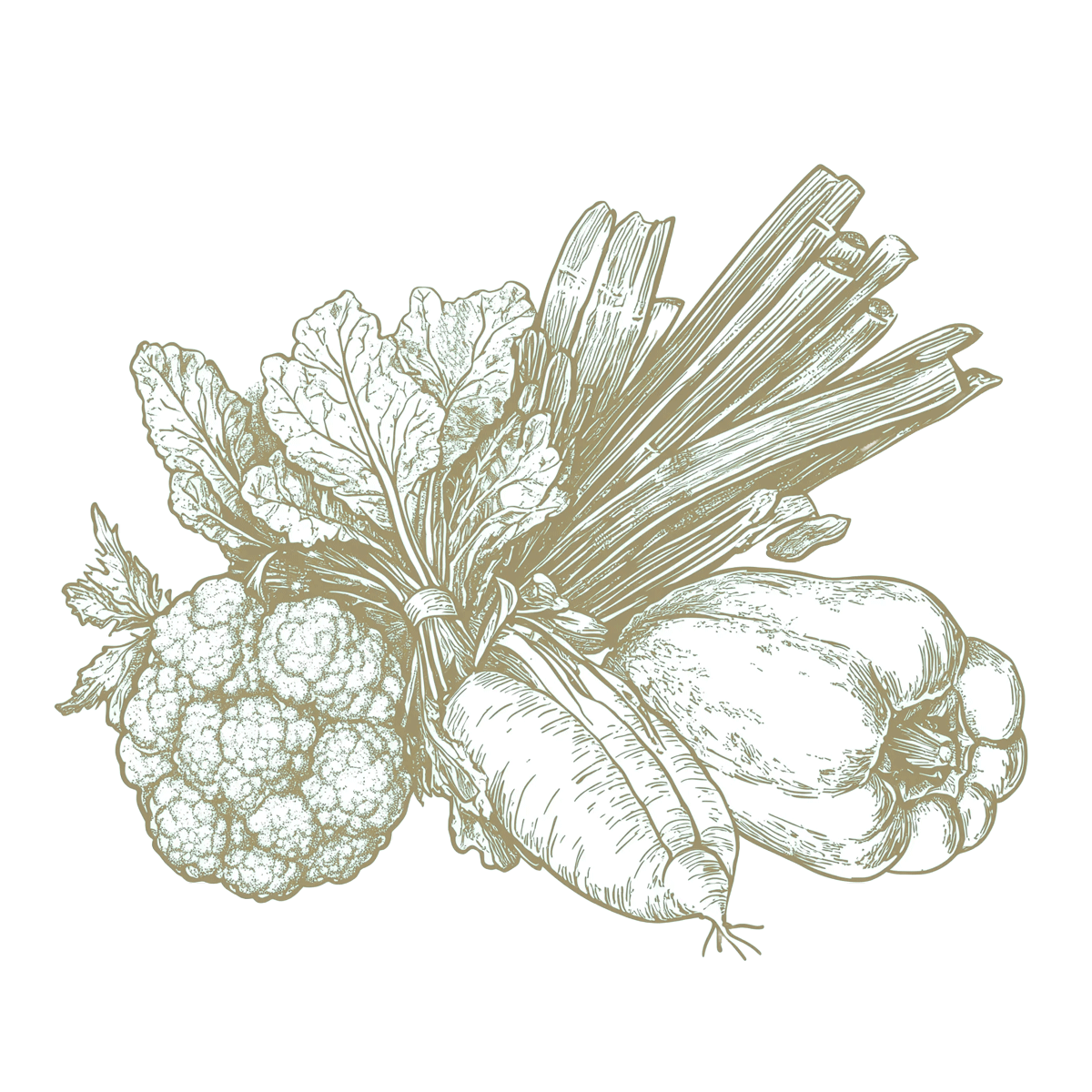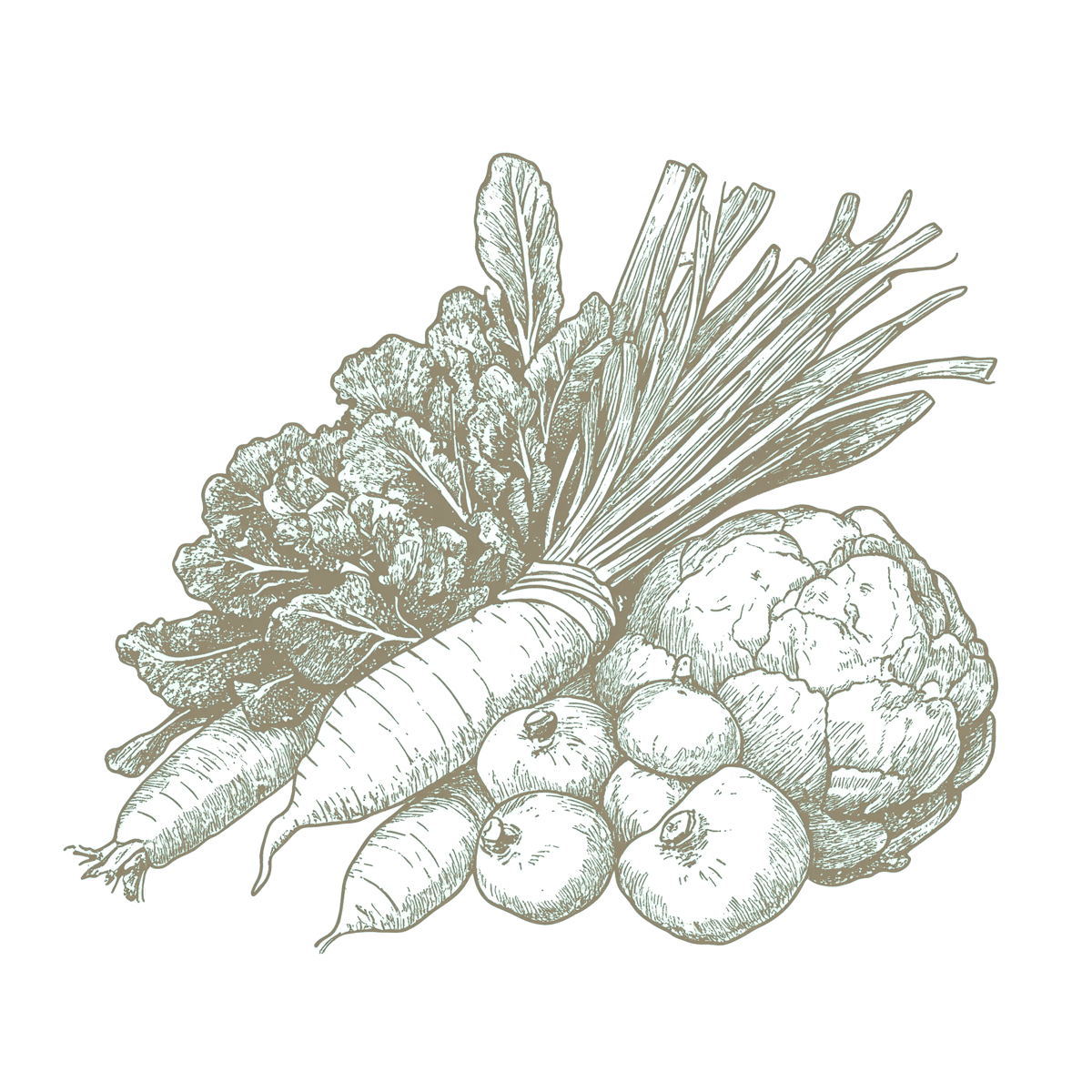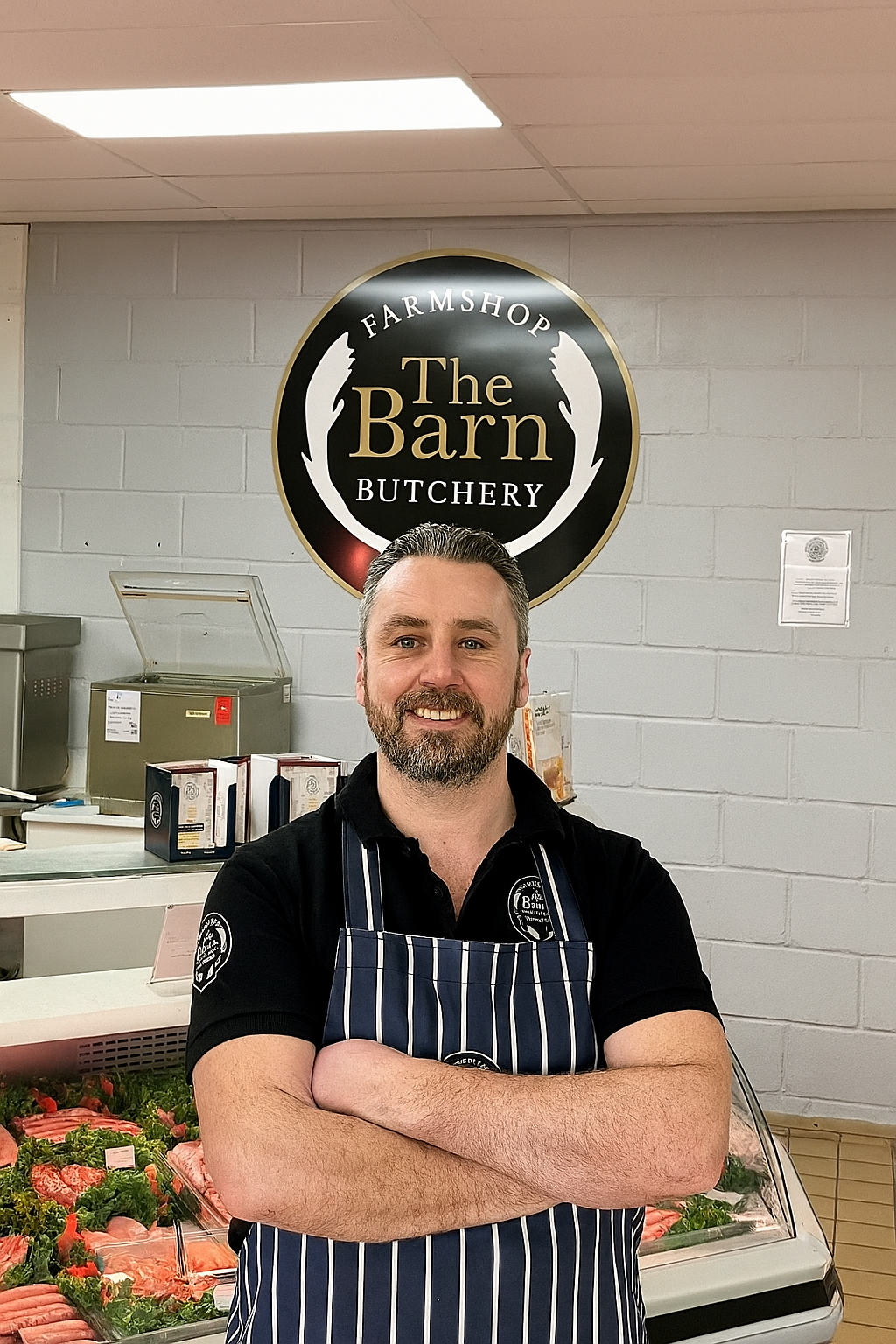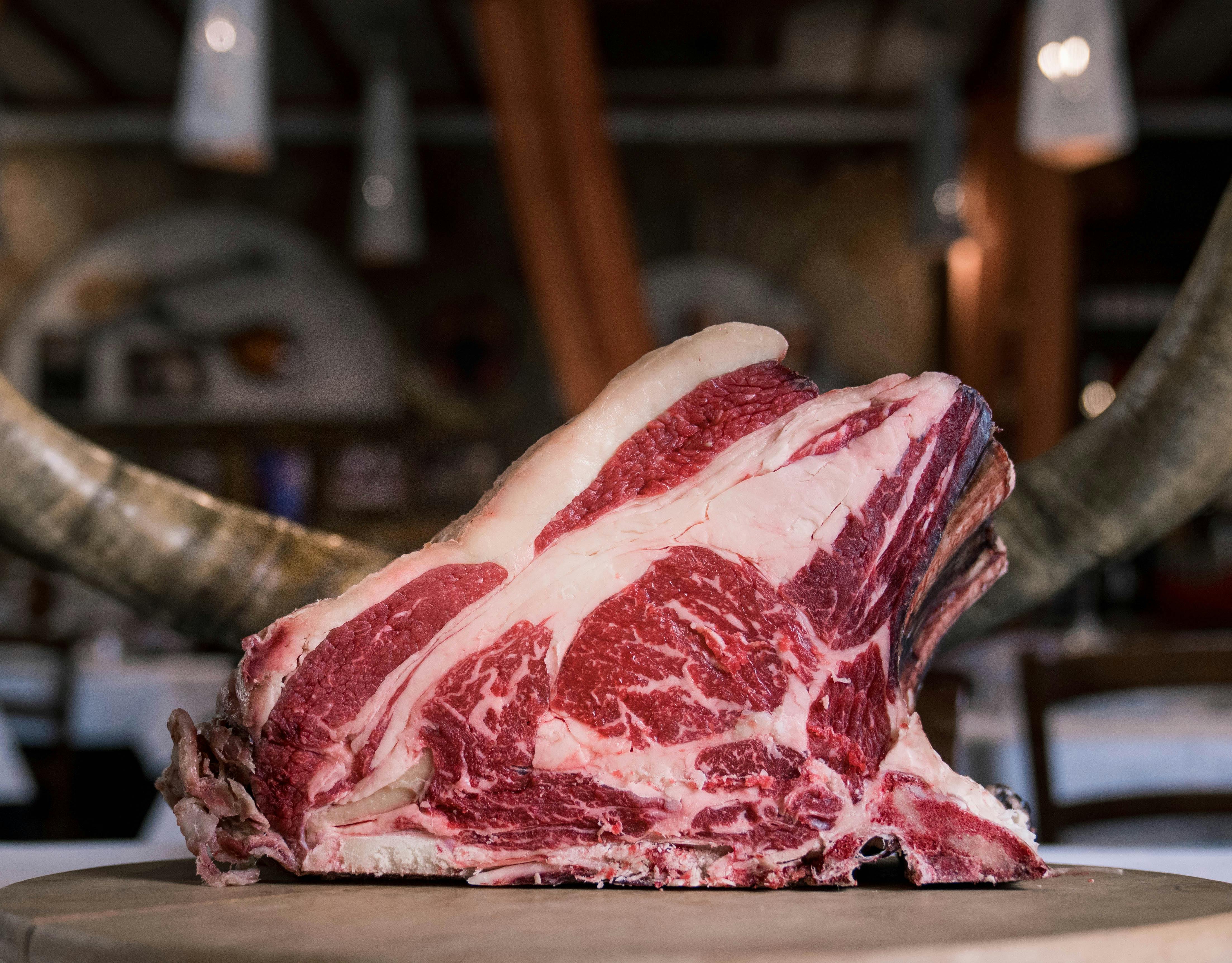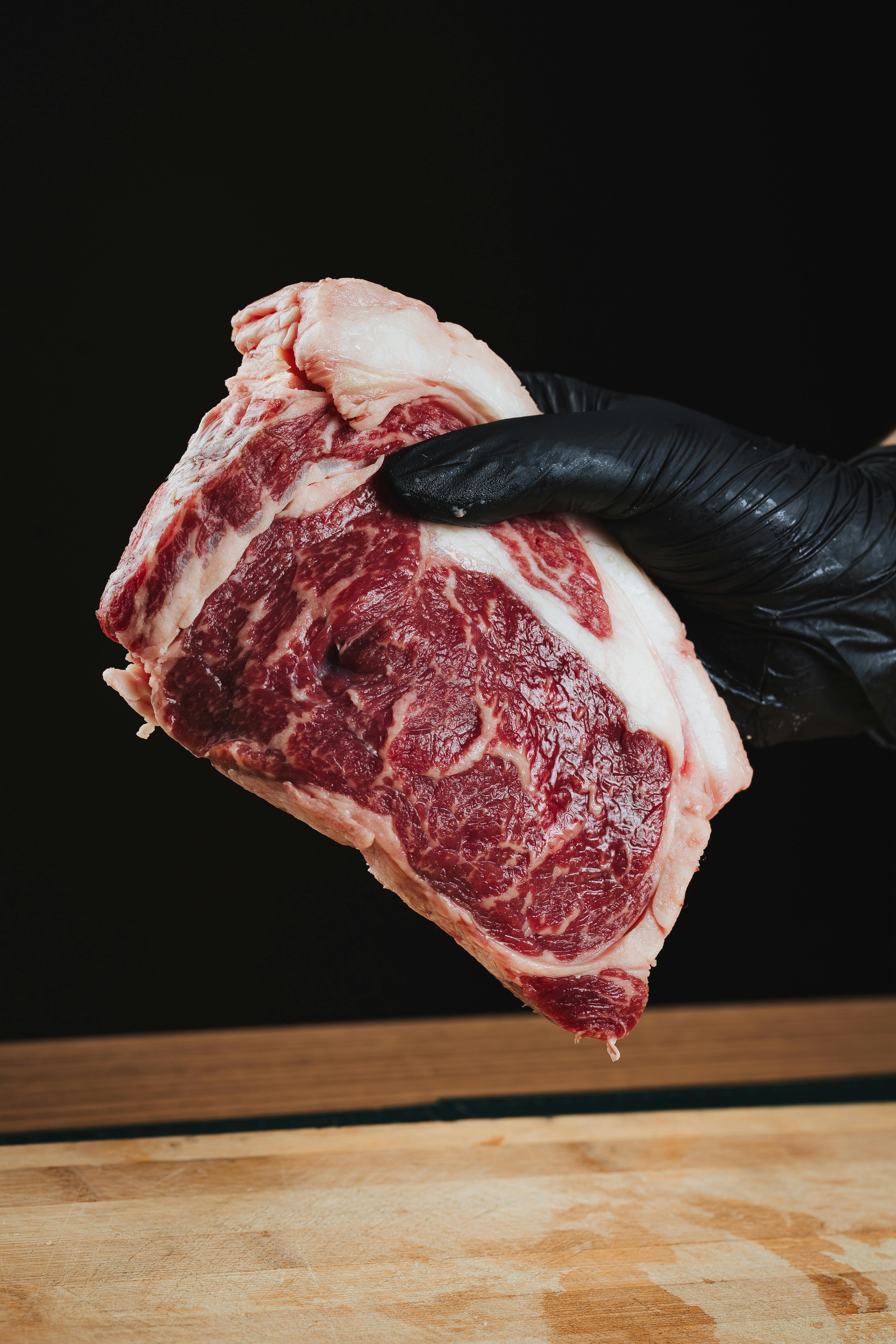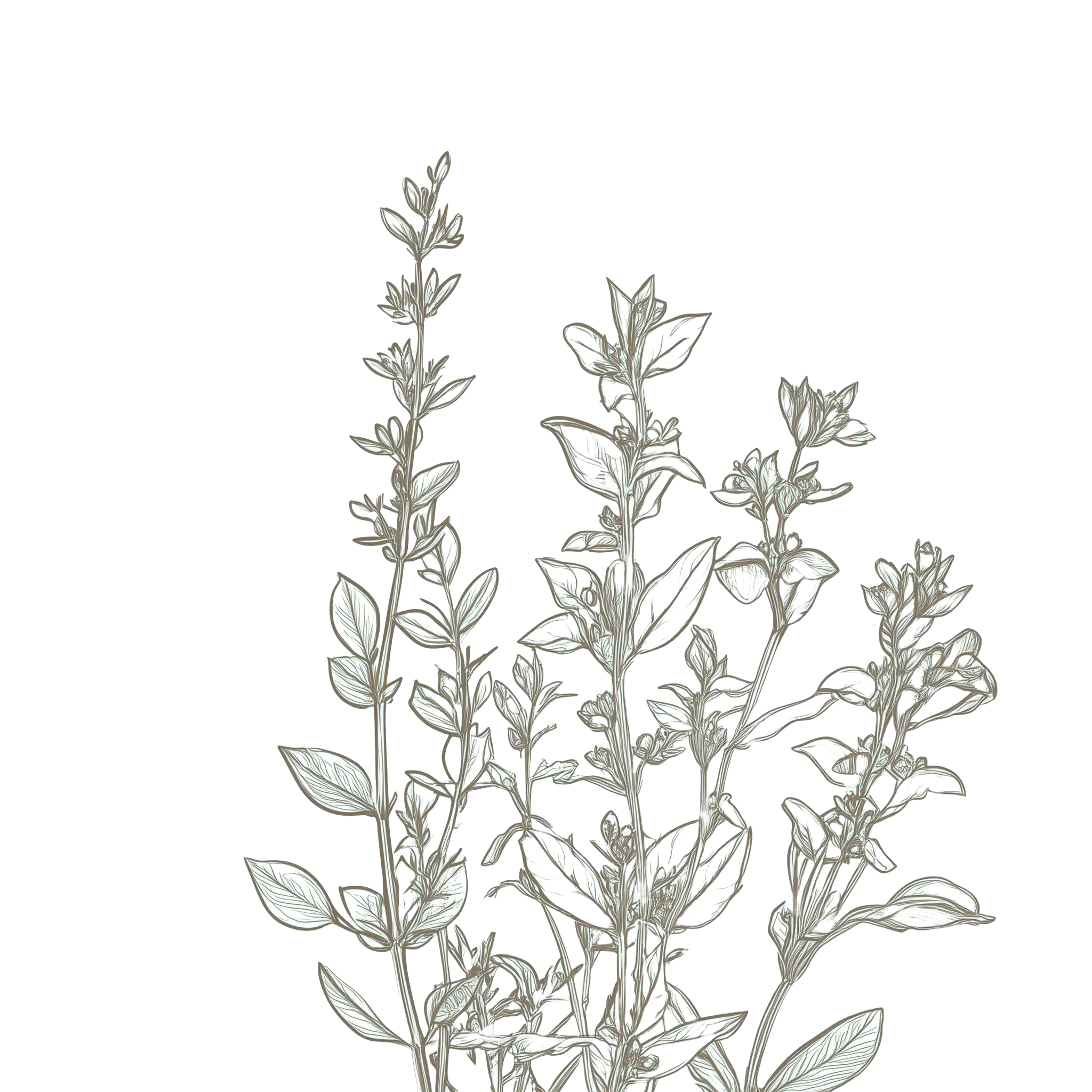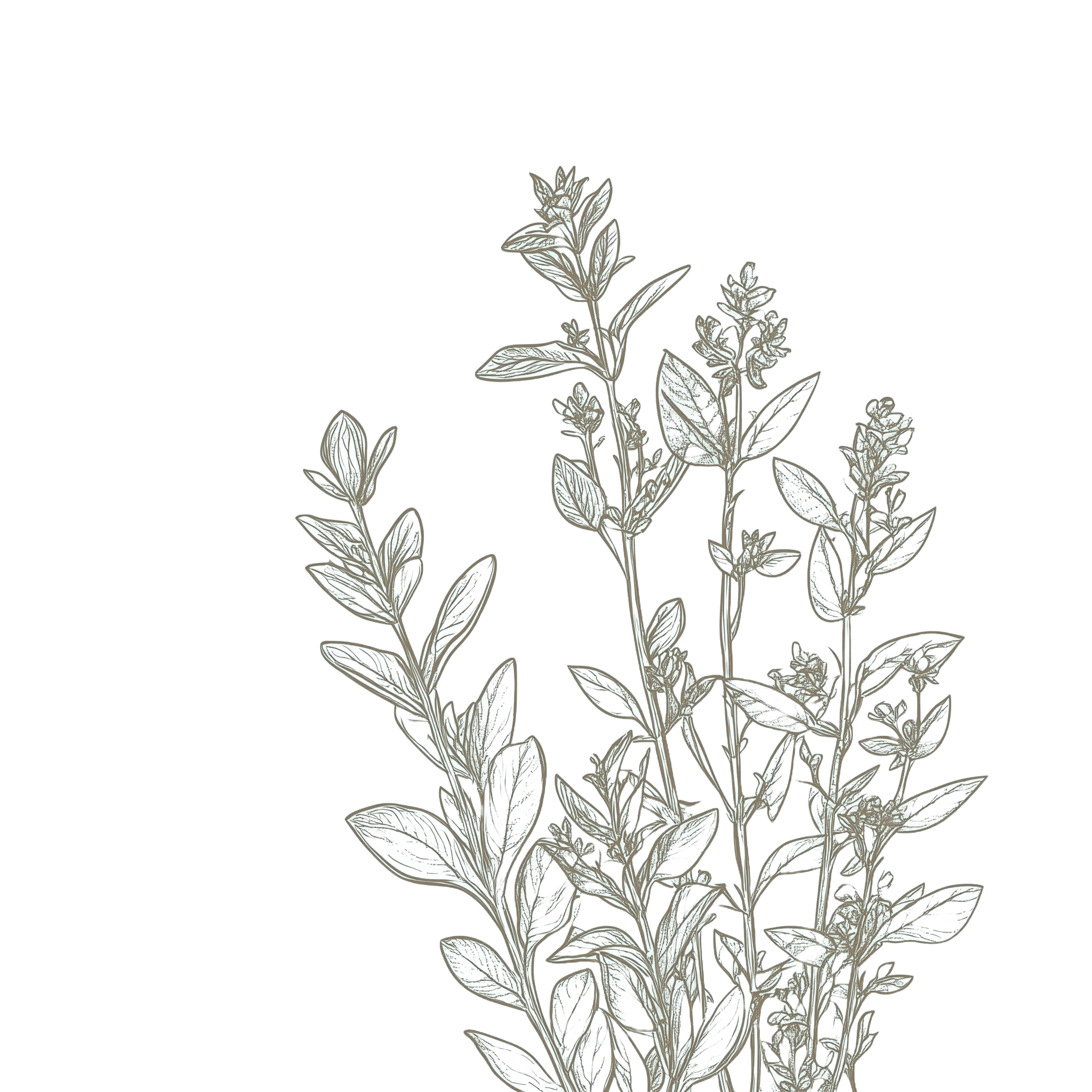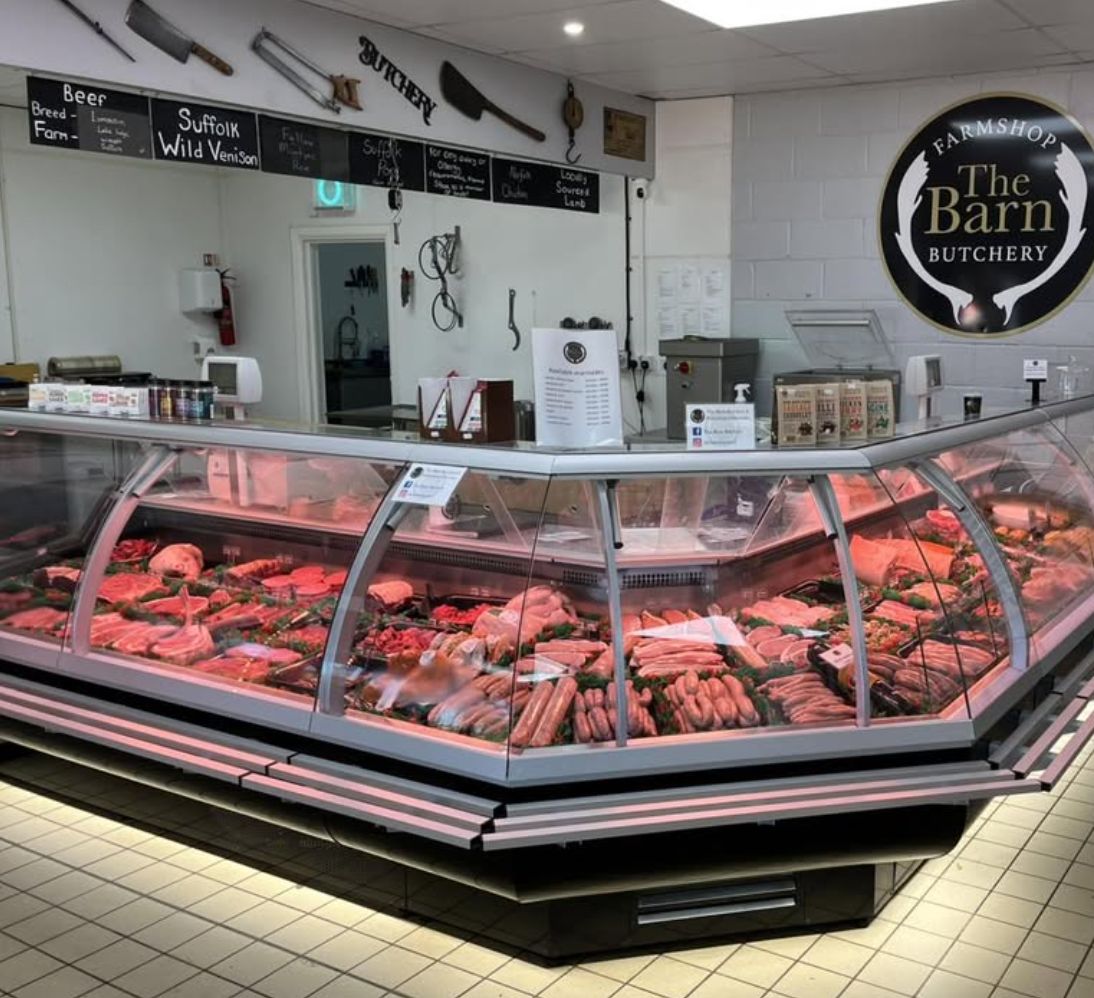Are Butcher’s Bones Safe for Your Dog? – A Guide to Giving Dogs Bones
We often have customers visit our butcher shop not just for themselves, but for their beloved dogs, asking: “Can I get a bone for my dog?” or “Are these bones okay for Fido?” As a family-run butcher (and dog owners ourselves!), we understand wanting to treat your canine friend. Gnawing on a real bone can provide enjoyment and dental benefits to dogs. However, there are important safety considerations to keep in mind. Not all bones are equal, and improper use can lead to serious health risks for your pup. In this post, we’ll explain which bones are generally safe, which are dangerous, and how to offer bones to your dog in the safest way possible.
The Dangers – Why Caution is Needed
First off, let’s address why this is even a question. We’ve all heard the phrase “give a dog a bone,” but in reality, veterinarians have valid concerns about bones. Bones can pose several hazards to dogs:
- Choking: If a dog breaks off a small piece of bone, it can lodge in their throat or windpipe, causing choking. Rounded or small bones (like some soup bones or cut pieces) can accidentally slip down whole. Even larger bones can splinter into fragments that become choking.
- Bone Splinters & Internal Damage: The biggest danger is cooked bones, which become brittle. Cooked bones (from your roast chicken, for example) tend to shatter into sharp shards that can puncture a dog’s mouth, esophagus, or even intestines. These splinters act like little knives inside, potentially causing serious internal injuries or blockages. Even raw bones can splinter, though they are generally softer; large weight-bearing bones (like cow leg bones) can be extremely hard and may break into sharp pieces or crack teeth.
- Broken Teeth: Speaking of teeth – dogs can actually fracture their teeth chewing overly hard bones. Weight-bearing leg bones of large animals (think beef femur) are very dense; enthusiastic chewers can crack a molar on them. Dental fractures often require costly vet dental work.
- Gastrointestinal Blockage or Perforation: If bone fragments are swallowed, they might not pass smoothly. Sharp pieces can perforate the stomach or intestines (a life-threatening emergency). Larger chunks can get stuck, causing an intestinal blockage that might need surgery. Both situations are extremely dangerous.
- Bacterial Contamination: Raw bones are raw animal product, so they can carry bacteria like salmonella or E. coli. Dogs have robust stomachs, and many handle raw bones fine, but there is still a risk – especially if the bone has been left out and gotten funky. These bacteria can potentially make dogs sick, or even spread to humans via dog saliva. Cooked bones don’t have this issue as much, but as we covered, cooked bones have other dangers.
- Pancreatitis from Fatty Bones: Certain bones (like leftover steak bones with a lot of fat/gristle) can be very fatty. Consuming a lot of fat in one sitting may trigger pancreatitis in some dogs – a painful inflammation of the pancreas. This is more a concern with very fatty bones (like a ham hock) or giving dogs all the fatty trimmings; leaner bones aren’t likely to cause it, but it’s something to be aware of.
Given these risks, it’s no wonder many vets (like those at Cornell University) do not recommend giving dogs bones at all. In fact, the FDA and many vet organisations have issued warnings saying essentially: “No bones are safe, do not give them to dogs.”
However, we know many dog owners who do successfully give bones – always raw – and there are ways to do it more safely. It comes down to choosing the right type of bone and supervising closely.
Which Bones are (Generally) Safer? Raw vs Cooked
Rule #1: Never give cooked bones. Cooked bones (whether boiled, roasted, smoked, etc.) become brittle and are far more likely to splinter. This includes those tasty looking leftover T-bones or chicken wings from your dinner – as tempting as it is to toss them to Rover, don’t. Cooked poultry bones (chicken, turkey, duck) are especially dangerous because they are thin and can snap into sharp bits easily. So, no matter what kind of bone it is, if it’s been cooked, it’s not safe for dog chewing.
Raw bones are relatively safer because they are softer and more flexible. Raw bones tend to crush or wear down rather than shatter. That said, raw bones can still cause problems, but responsible raw feeders have found ways to minimise the risks.
Within raw bones, here are some guidelines:
- Edible vs Recreational Bones: In the raw-feeding community, “edible bones” are the soft, hollow bones of small animals (like poultry bones) that dogs can chew up and digest as part of their diet. “Recreational bones” are the big weight-bearing bones from large animals (like beef knuckles, marrow bones) given as chew treats but not intended to be fully consumed. For safety:
- Edible bones (small/soft bones): These would include raw chicken or turkey necks, raw chicken wings, etc., for smaller dogs; or raw lamb ribs for larger dogs. Because they are small, there’s a choking hazard, but because they’re soft, they generally don’t splinter into large sharp pieces – dogs usually crunch them up. However, even raw chicken bones can cause issues (some dogs gulp without chewing thoroughly). So only give these if your dog is a careful chewer and under supervision.
- Recreational bones (big bones): Raw large marrow bones or knuckle bones from beef can be okay, but choose size wisely – it should be bigger than your dog’s muzzle so they can’t possibly swallow it whole. For example, a big beef femur cut in half (one of those “marrow bone” pieces) might be fine for a Lab to gnaw at the ends, but a power chewer might still break off a chunk. Many raw feeders prefer “knuckle bones” (the joint end of long bones) as they are flatter/softer and harder to splinter than straight weight-bearing shafts. Regardless, these are for gnawing, not eating entirely.
- Marrow bones caution: Beef marrow bones (the cylinder bones often sold for soup) are tricky – dogs LOVE the fatty marrow inside, but these bones are extremely hard. They can easily crack a heavy chewer’s teeth. Also, marrow is very rich; too much can cause diarrhea or pancreatitis. If giving, it can be good to scoop out some marrow first to reduce fat. And once the marrow is gone, consider taking the bone away – it’s common for dogs to try to consume the bone itself out of boredom, leading to tooth damage or splinters. Some people actually pry out the marrow and spread it thinly on bread for the dog (lucky dog!) and just give the bone mostly empty.
- Avoid weight-bearing leg bones of large animals for aggressive chewers: As mentioned, these are like rocks. If your dog is a “chomp-chomp crunch” type dog, they might break a tooth or manage to break the bone. Instead, some safer options:
- Beef rib bones: Raw beef ribs (uncut) can be okay for larger dogs – they’ll strip off meat and chew the softer ends. They can splinter somewhat, so supervise.
- Lamb bones: Lamb necks, lamb ribs – these are softer than beef and a good size for medium dogs. Still raw and supervise, but many dogs can chew them safely.
- Pork bones: Raw pork rib or neck bones are moderately hard. Some give raw pork ribs – but ensure your dog doesn’t try to swallow large chunks.
- Frozen vs Thawed: Some people give raw bones frozen to make them last longer. However, a frozen bone is harder than a thawed bone and could increase tooth fracture risk. We’d suggest giving them raw but fully thawed (and maybe lightly rinsed).
Guidelines for Giving Your Dog a Bone Safely
If you decide to give bones, follow these safety tips:
- Supervise, Supervise, Supervise: This is the golden rule. Never give a dog a bone and then leave them alone (or let them take it off to bury – then chew unsupervised later). Always observe them while chewing. If they start breaking off dangerous pieces, you need to be there to take it away. Also, supervision means you can prevent them from trying to gulp something too quickly.
- Size Matters: Choose a bone larger than your dog’s head (or at least their mouth. That way they can’t possibly swallow it whole. For example, for a medium-large dog, a whole beef knuckle or a full length of oxtail (not cut into small pieces) would be better than a small cut piece. You want them to gnaw, not gulp.
- Limit Chewing Time: Don’t let them gnaw indefinitely. Some experts suggest letting a dog chew a raw bone for about 10-15 minutes at a time, then taking it away, wrapping and refrigerating it, and maybe giving it back later. This reduces the chance of them wearing down teeth or consuming too much bone at once. It also prevents the bone from drying out or getting bacteria-laden from sitting out.
- Condition of Bone: Fresh is best. A dried out bone (even raw that’s old) can splinter easier. Also, bones from older animals are harder (e.g., marrow bones from a mature cow). Some raw feeders prefer bones from younger animals (like young beef or venison) as they’re a bit softer. Either way, get your bones from a reliable butcher (hi there!) and use or freeze them promptly. If raw bones start to get funky, toss them.
- Watch how your dog chews: Some dogs are delicate chewers – they’ll gently gnaw and lick out marrow. Others are “crunchers,” trying to demolish the bone. Know your dog’s style. If you have a Gulper or Cruncher, stick to bones that encourage slow gnawing (like big knuckles) and maybe even hold one end while they chew so they can’t try to swallow large pieces. The moment your dog breaks a piece off, remove it before they swallow it.
- Discourage aggressive chewing: If your dog is really going at it, you may want to take the bone away once they’ve cleaned off the meat/marrow. Don’t let them grind the bone down to a nub – that’s when swallowing hazards happen. One tip: some owners teach a command like “give” or “drop it” and regularly practice trading the bone for a treat then giving it back, so the dog doesn’t guard the bone. This way, you can safely remove it when needed without a fight.
- Dispose of gnawed-out bones: After a few sessions, once a bone is pretty chewed, toss it. Don’t leave old bones around for days – they can dry out (splinter risk increases) and collect bacteria. A bone that has been chewed hollow (like an empty marrow bone) is now basically a hard brittle shell – time to go.
- No Bones for Certain Dogs: Avoid giving bones to dogs with known gastrointestinal issues or a history of pancreatitis or those who had dental work. Also, puppies with their developing teeth might break fragile baby teeth by chewing very hard bones (plus their immune systems weaker vs bacteria). And elderly dogs might have weaker teeth. In such cases, stick to vet-approved chew treats or dental chews.
- Always ask your vet if unsure: Every dog is different. A vet who knows your dog can advise if bones are a no-go for them (for instance, some breeds like Yorkies have delicate teeth – a big bone might do more harm than good). Also, if your dog is on a special diet or prone to certain conditions, vet input is crucial.
Alternatives to Bones
If after all this you’re thinking, “Gee, maybe I’ll skip bones,” that’s completely fine. There are safer chews that can give similar benefits:
- Synthetic chew toys: Heavy-duty nylon or rubber chew toys (like Nylabones or Kongs). They won’t splinter (though pieces can still come off if dog is destructive – always supervise with any chew).
- Dental chews: Many vet-approved edible dental chews (like Greenies, YAKS, Whimzees, etc.) are designed to help reduce plaque without the risks of bone. They’re made to be digestible.
- Natural chews: Things like bully sticks (dried bull pizzles), tendons, pig ears – these are animal product but more digestible and flexible than bone. They can still pose choking risks if dog swallows large chunks, so supervision remains key.
- Rawhide (with caution): Rawhide can satisfy the need to chew, but only use high-quality rawhide and be aware some dogs gulp soggy rawhide which can block intestines. Always supervise and perhaps avoid if your dog is a gulper.
But if you do choose to give real bones, doing it smartly can minimise risks. Many dog owners have given raw bones for years successfully – typically sourcing from butchers (like us) and following guidelines like above.
To wrap up: the consensus of most veterinary experts is that no bone is completely without risk Our job as butchers is to inform you of the pros and cons. We’ve seen plenty of happy dogs gnawing on our raw marrow bones outside the shop – but we’ve also heard horror stories of costly vet surgeries to remove bone fragments. So weigh it for yourself.
If you do decide to treat your dog to a butcher’s bone, pick it wisely (raw, large, appropriately sourced), supervise intently, and limit the time. Your pup will likely adore you for it – chewing is a natural, satisfying activity for dogs, and raw bones have some dental benefits (gnawing can help scrape plaque, and nutrients in marrow or cartilage can be good). Just keep those safety rules in mind so it remains a positive treat, not a tragic trip to the vet.
In summary: Many vets advise against giving dogs any bones due to the dangers of splintering, choking, or internal damage. If you choose to give a bone, opt for raw over cooked, choose a large raw bone that’s unlikely to splinter or be swallowed whole, and always supervise your dog while they enjoy it. Remove the bone after a short period or once the major goodies are gone. When done responsibly, the risk can be managed – but it’s never zero. When in doubt, consult your vet and consider safer chew alternatives. Your furry friend’s safety is the top priority.
We’re happy to provide appropriately sized raw bones (and will even give you storage tips and a friendly reminder of the guidelines when you pick one up at our shop). Stay safe and enjoy those wagging tails!
(Sources: Cornell University vets warn that dogs should not have bones of any kind – raw or cooked – because of choking and injury risks. Cooked bones are especially dangerous due to splintering. If giving a raw bone, experts advise picking one larger than the dog’s muzzle and supervising closely. Always prioritize your pet’s safety when considering chew treats.)
